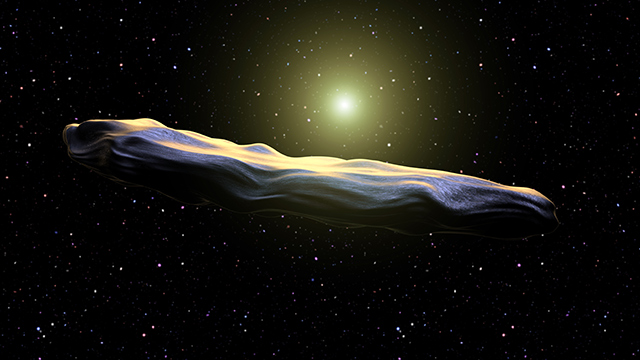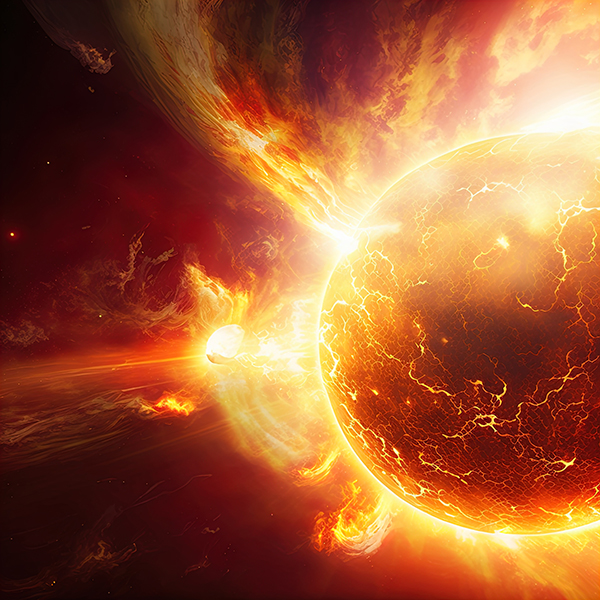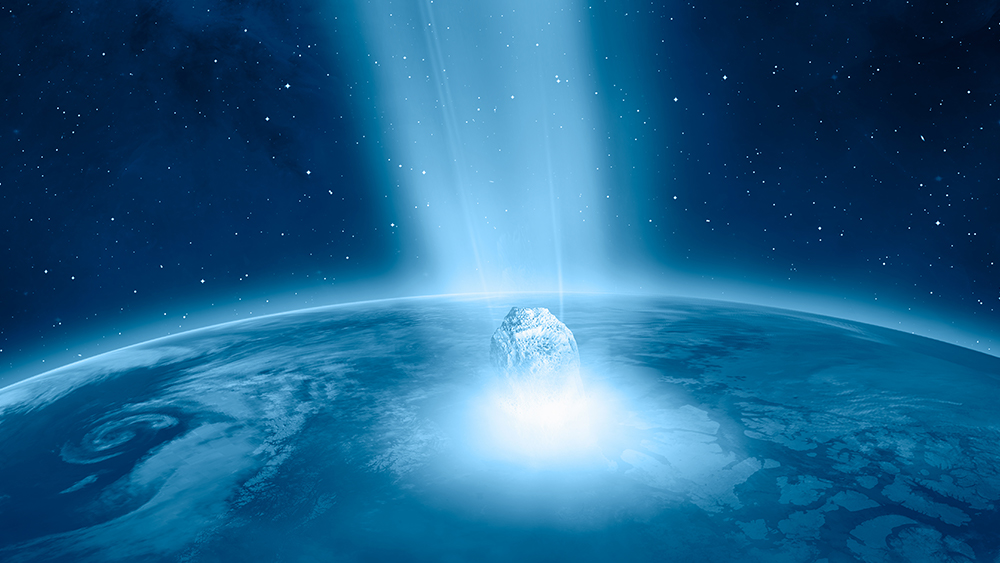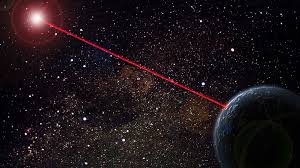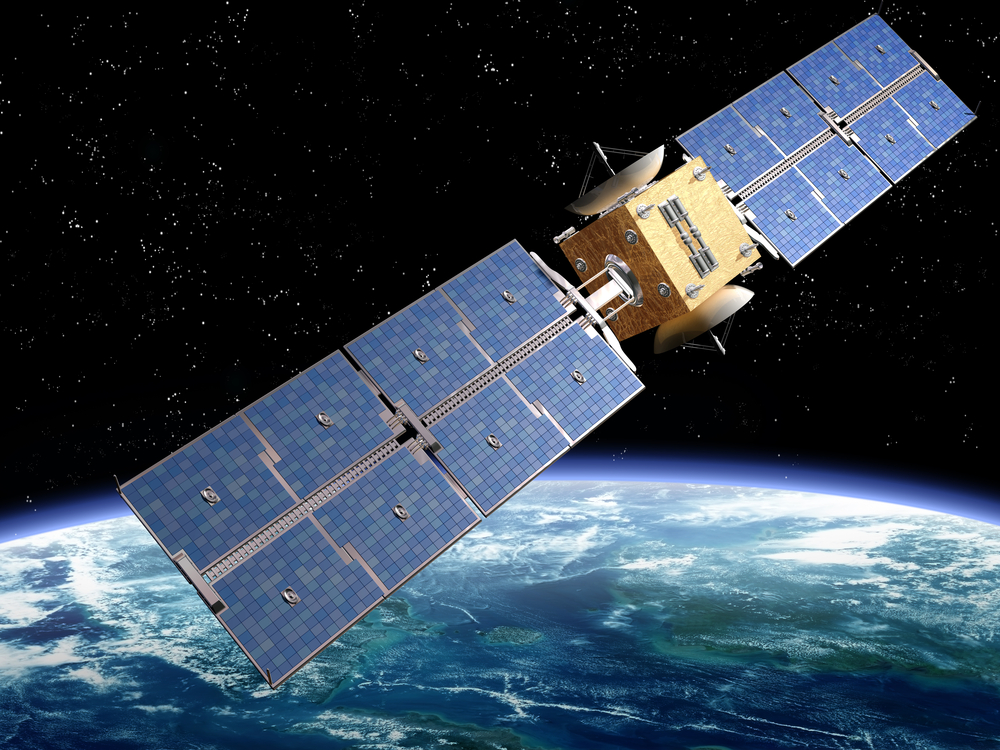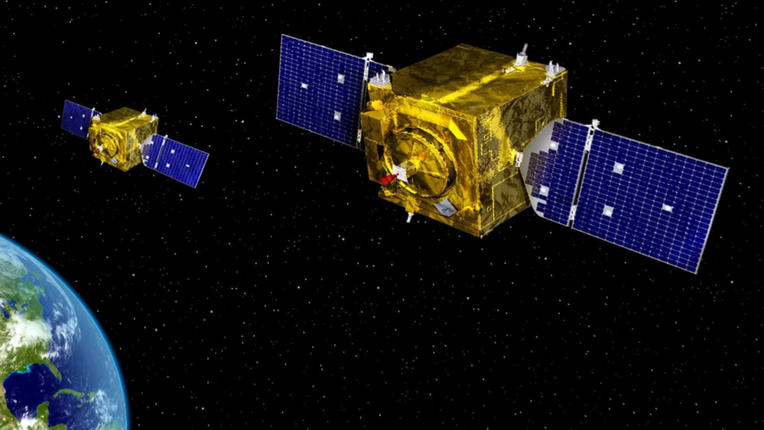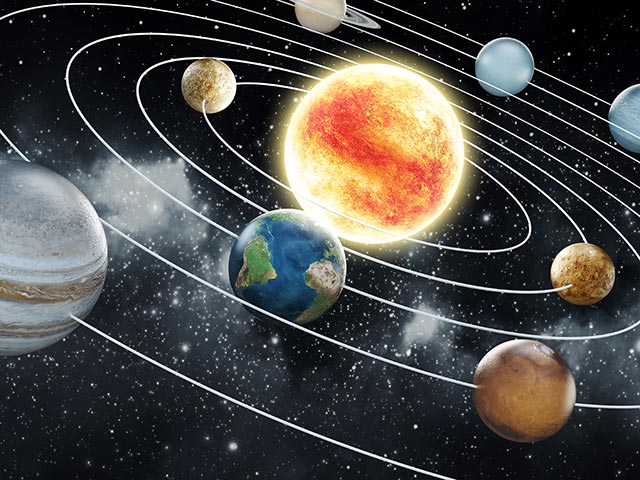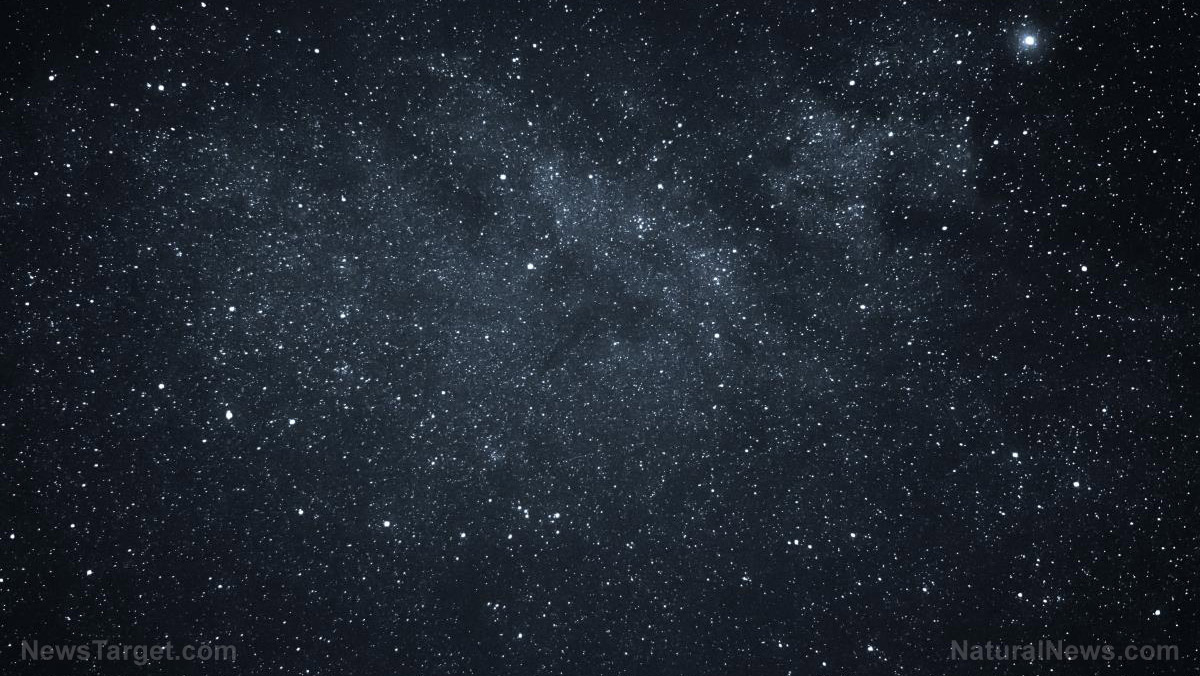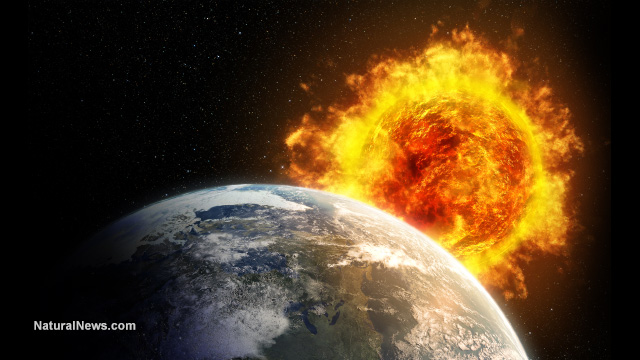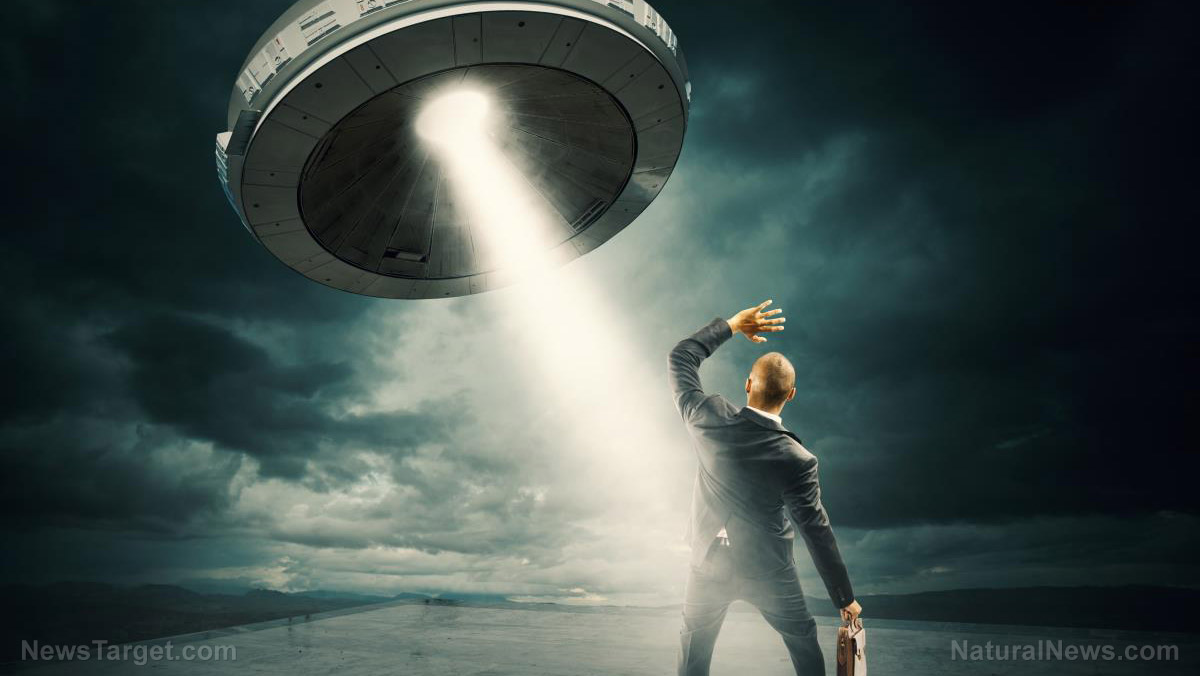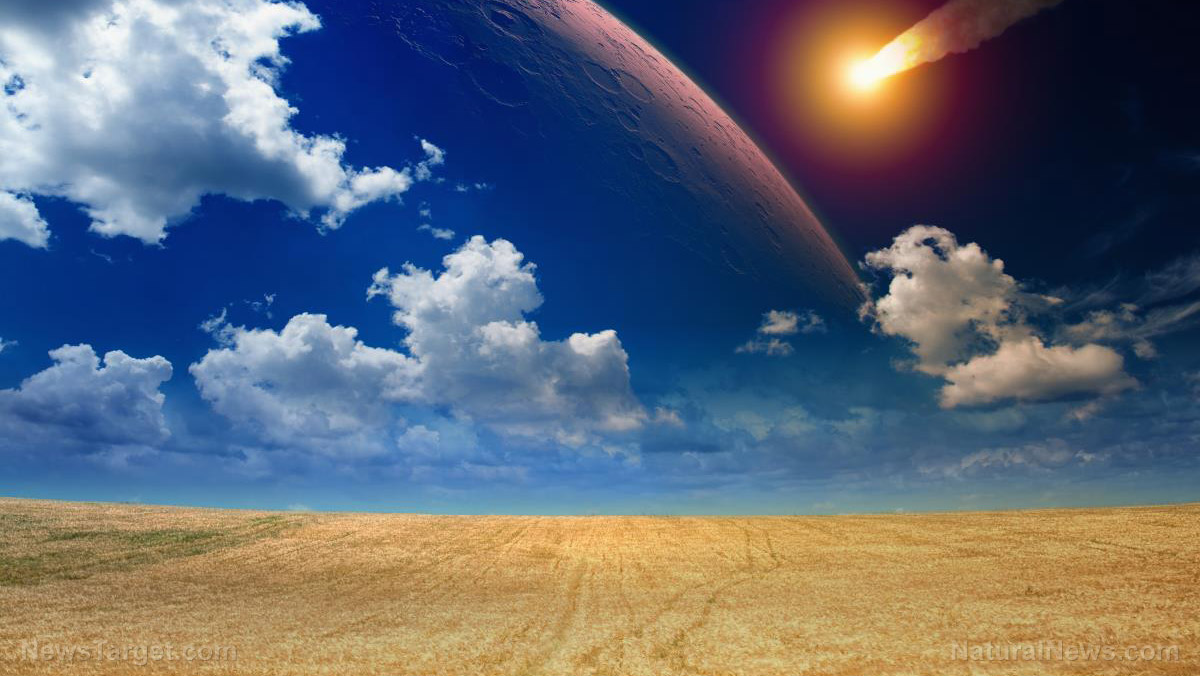Giant coronal hole on the sun creates second hole, unleashing solar winds toward Earth
04/11/2023 / By Kevin Hughes

A large hole has torn through the sun and created a second one that is unleashing solar winds bound toward Earth.
According to scientists, the said “coronal hole” 30 times bigger than Earth was first discovered on March 23. This first hole subsequently created a second hole, this time 20 times bigger than Earth. The National Aeronautics and Space Administration‘s (NASA) Solar Dynamics Observatory captured images of the two coronal holes.
“Coronal holes are magnetically open areas that are one source of high-speed solar wind. They appear dark when viewed in many wavelengths of extreme ultraviolet light, such as seen here. At times, the solar wind can generate aurora at higher latitudes on Earth,” NASA said.
While the news of the coronal holes may sound alarming at first, it does not suggest that Earth is in danger. Coronal holes are an ordinary feature on the sun, appearing at different places and at various times of its activity cycle. They are cooler, less solid areas and are mostly more prevalent when the sun is at a less active point in its 11-year cycle.
“The shape of this coronal hole is not particularly special. However, its location makes it very interesting. I would expect some fast wind from that coronal hole to come to Earth around Friday night into Saturday morning of this week,” said Daniel Verscharen, associate professor of space and climate physics at the University College London.
“If it is oriented in the southward direction, we’re more likely to have a space-weather event, but we don’t know that yet.”
Scientists on the lookout for dangers of solar winds from coronal holes
According to the scientists monitoring the coronal holes, the second hole located on the sun’s equator is unleashing solar winds measuring 1.8 million miles per hour toward Earth. Thus, the researchers are carefully watching the situation if the solar winds will affect the planet’s magnetic field, satellites and technology. (Related: Understanding the breathtaking power of solar wind.)
Coronal holes develop when magnetic fields from inside the sun blast straight up into space. This makes it much easier for solar winds, which are pieces of plasma from the sun, to escape into space at high speed. Solar winds can interrupt satellite communications and high-altitude radio transmissions.
The first coronal hole caused bright auroras on March 24, which illuminated the night sky with electric purples and greens. Some of the dazzling auroras were seen as far south as Arizona. These auroras were reportedly caused by solar winds interacting with Earth’s charged atmosphere.
Numerous coronal mass ejections, which are large eruptions of plasma being thrown into space, occurred around the same time as the first coronal hole was facing Earth. This produced a large geomagnetic storm that contributed to the auroras. But according to experts, it’s nearly impossible to happen again.
Follow Space.news for more news about solar activities.
Watch this video about the massive solar flares and other cosmic anomalies back in January.
This video is from the Space Anomalies channel on Brighteon.com.
More related stories:
The sun unleashes strongest solar flare in three years.
Earth just dodged a potentially apocalyptic-level solar storm – are we safe?
Bizarre phenomenon where section of the sun splits and circles solar north pole baffles scientists.
Scientists warn of MASSIVE solar storms: “We need to be better prepared.”
Scientists believe the sun may enter a calm, slightly cooler period in the next few decades.
Sources include:
Submit a correction >>
Tagged Under:
aurora sightings, auroras, breakthrough, coronal holes, cosmic, discoveries, geomagnetic storm, magnetic fields, plasma, research, solar winds, Space, space exploration, space lights, sun
This article may contain statements that reflect the opinion of the author
RECENT NEWS & ARTICLES
COPYRIGHT © 2017 SPACE.COM
All content posted on this site is protected under Free Speech. Space.com is not responsible for content written by contributing authors. The information on this site is provided for educational and entertainment purposes only. It is not intended as a substitute for professional advice of any kind. Space.com assumes no responsibility for the use or misuse of this material. All trademarks, registered trademarks and service marks mentioned on this site are the property of their respective owners.

